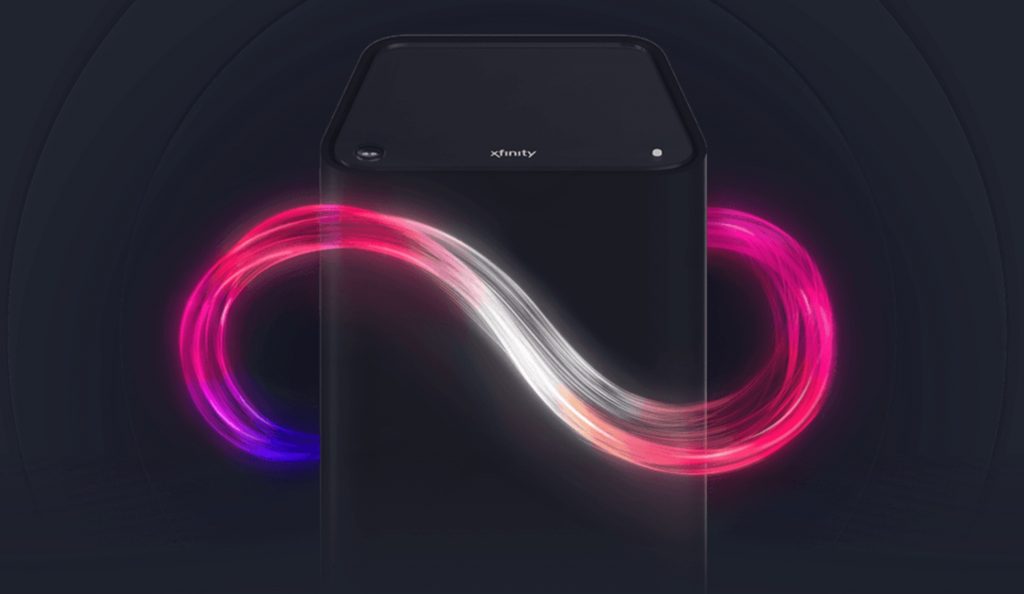UPDATE Nov 1, 2021: A recent firmware update for the HP PageWide 477 appears to have fixed the printing problem. The firmware is version MAVEDWPP1N001.2142A.00, and it is dated 2021-10-13.
Are you a Mac user who is experiencing a bug when printing from Microsoft Office applications to your HP PageWide printer? Even when you save from Office as a PDF and then try to print that PDF?
You are probably getting boxed question marks instead of text characters.
If so, the this might help.
A Laborious Workaround, But It Works.
This allows me to print without uninstalling my PageWide print drivers. I still need my printer’s scanning functionality, so replacing my PageWide drivers with a simple PostScript driver is not an option.
- With an Office document open, click the File pull-down menu and click Print.
- In the Print dialog box, find and click the PDF drop-down menu in the lower left.
- From that menu, click Save as PostScript.
- In the Save dialog box, provide a name for this file (maintain the .ps extension), and save it to a temporary location (perhaps the Desktop).
- Once the file saves, find it and right-click it.
- Hover over Open With, the click Preview.
The Preview app will open that PostScript file and convert it to a PDF. Print from the Preview app. Important: This conversion process from PostScript to PDF will allow the Office document to print to your PageWide printer. Printing to PDF from the Office app will still print the boxed question marks.
After you’re done printing, you can delete that PostScript file.
My 2 Cents
Dear HP: Shame on you for preventing customers of your expensive printers from printing Office documents. It’s completely unacceptable.
Security is Probably Why: A couple of months back, Microsoft had to completely overhaul it’s print mechanism due to a significant security threat. I suspect this could be the root reason why we poor Mac users are dealing with this nasty print bug. I could be totally wrong, though. But the coincidence seems suspicious.





















